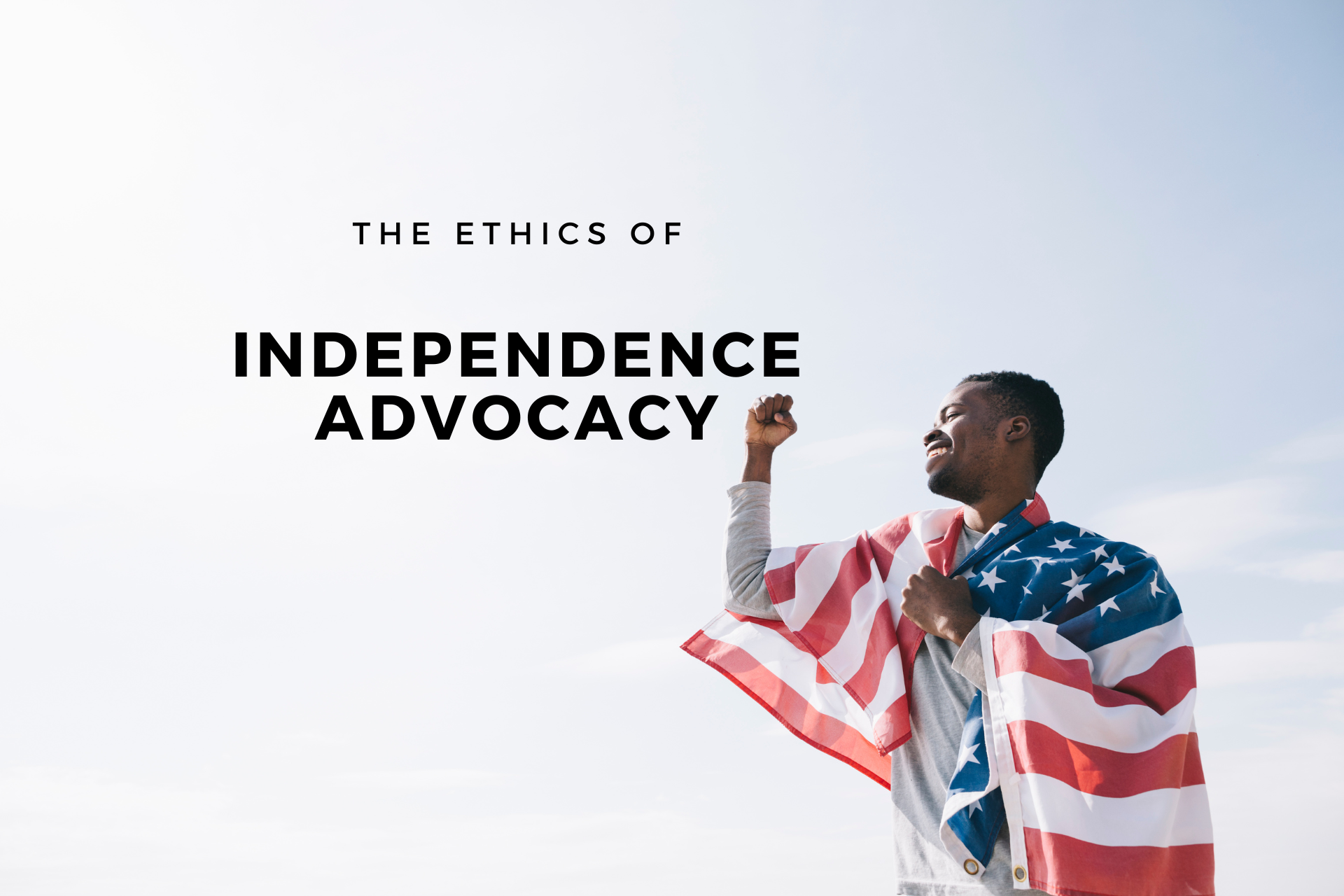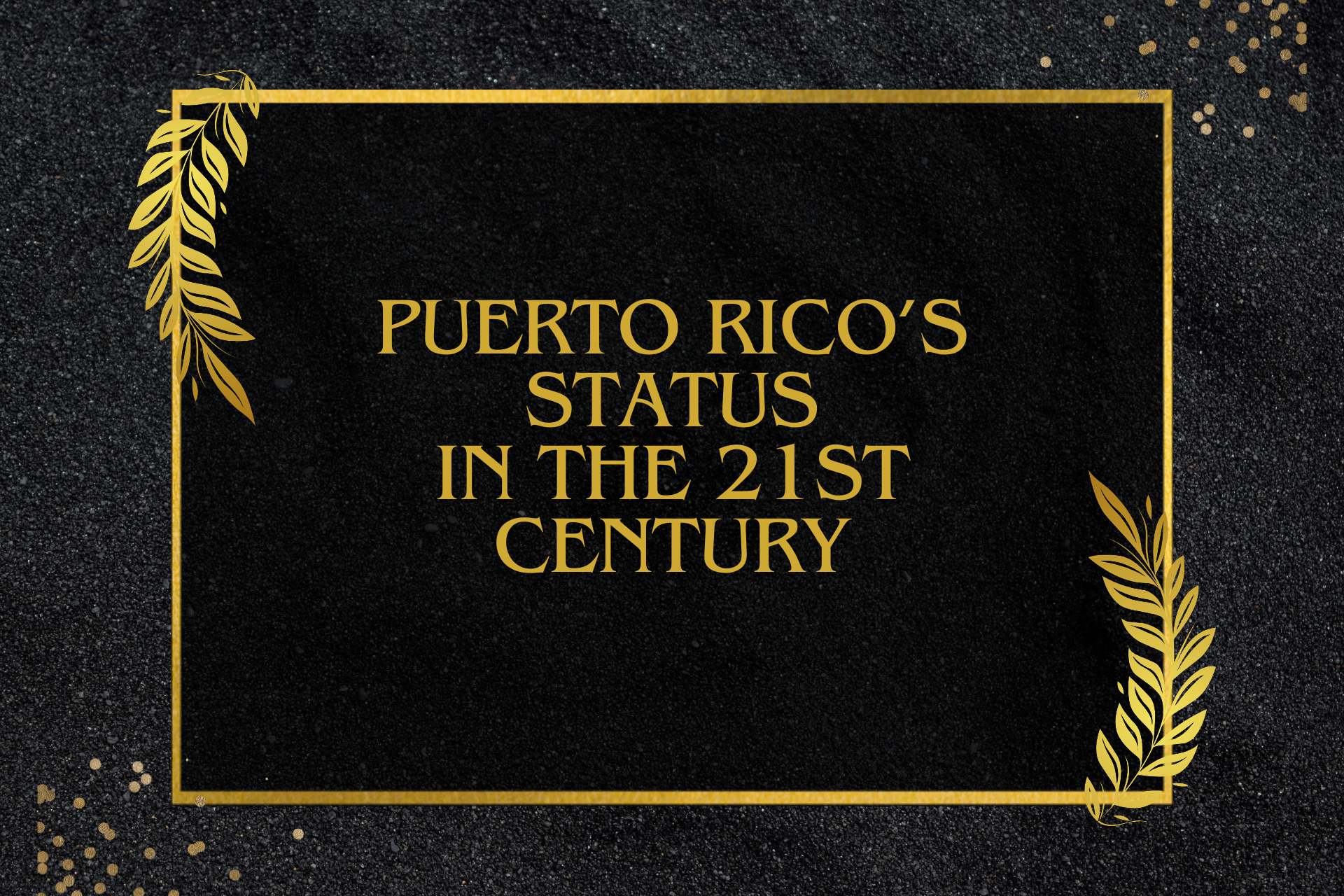An important distinction in historical research is the difference between primary and secondary sources. Puerto Rico makes an excellent study for this topic. There are many misconceptions and disagreements about the history of Puerto Rico. Challenge students to choose a topic on which people now disagree, and track down primary sources that can help distinguish between fact and opinion.
Primary sources are documents or other items from the time and place being studied. A newspaper article from the day of the event or soon after, a letter, a diary entry, an interview, photos or recordings from the time, a trial transcript or comments in the Congressional record — these are primary documents.
Articles and books written about past events, analysis and debate about an event, biographies, and discussion of primary sources — these are secondary sources.
Primary sources on Puerto Rico history
At the Puerto Rico Report, we have many primary documents on the history of Puerto Rico. They might not be the most attractive to look at and they often are unsearchable, but they represent the reporting and opinions of the time.
Here are just a few examples:
-
- Pedro Pierluisi, Resident Commissioner of Puerto Rico, House Subcommittee on Indian, Insular and Alaska Native Affairs of the House Committee of Natural Resources, June 24th, 2015.
- Congressional Record – Introduction of PR Statehood Bill – October 22 1966-c
- A recording of President Taft on Puerto Rico (requires Flash)
- Conclusions by Legal Authorities that “Commonwealth” is Unconstitutional
- Statements by Members of Congress that Puerto Rican cannot be an Enhanced “Commonwealth” of the United States
- The People of Puerto Rico Seek Congressional Support
Examples of secondary sources on Puerto Rico history
- Minimum Wage in Puerto Rico
- The Language Question
- Lt. Augusto Rodriguez, Puerto Rico’s Civil War Soldier
- The Porto Rico Census of 1899
- Puerto Rico’s Military Support of the United States
- Puerto Rico’s Baseball Story
- Is Puerto Rico Too Foreign to Be a State?
Classroom activities
- Divide the items listed above among your class and have students identify all the primary and secondary sources — either the 20 items themselves or the 20 plus the resources they contain. (Articles above include both primary and secondary sources.) Sort these sources into primary and secondary sources.
- Challenge students to write an index card for each source, citing it as they would for a bibliography for a paper in your classroom. Again, you can divide this task up among students or groups of students. Discuss the challenging examples and decide what students should do for each, according to the rules of your classroom.
- Use a clothesline or a strip of painter’s tape along the wall to build a timeline, putting all the index cards in chronological order.
- Are there contradictions between or among any of these sources? Do any of them tell a different story from other sources you have used in your classroom? If so, discuss these differences in your classroom and decide how students should handle contradictions among sources for their papers or presentations.
- Sometimes primary sources contain language or ideas that we now find offensive. Discuss how students should handle such cases in your classroom.
- Ask students to choose a narrow topic on Puerto Rico’s history. Challenge them to find primary sources and secondary sources to use in writing a paper or preparing a presentation.
Puerto Rico Report has collected hundreds of primary documents, many in the form of PDF files. You can do a sitewide search on “PDF” to find many of these items, or do a Google search on “pdf site:www.puertoricoreport.com” as a starting point. This hint could help students find letters, reports, and other documents to work with.




